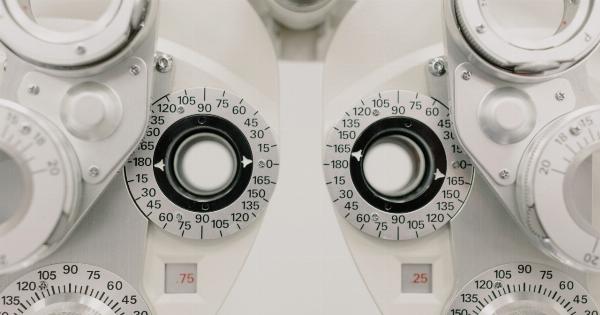As the COVID-19 pandemic continues to affect the world, many educational institutions are adopting various prevention measures to protect their students and faculty members.
One such method that has proven to be effective in detecting asymptomatic cases is self-testing.
What is self-testing?
Self-testing involves individuals conducting COVID-19 tests on themselves without the assistance of health care professionals. This method involves using a swab to collect nasal specimens, which are then analyzed for traces of the virus.
The main benefit of self-testing is that it allows individuals to screen themselves for the virus in a safe and convenient manner. It also eliminates the need for individuals to visit medical facilities, where they may be exposed to the virus.
Self-testing in students
Self-testing has been especially helpful in detecting asymptomatic cases in students who are at risk of contracting the virus due to their daily interactions with other students and faculty members.
Many schools and colleges have implemented self-testing programs, which require students to self-test themselves on a regular basis. This has proven to be an effective way to detect asymptomatic cases and prevent the spread of the virus on campus.
The efficiency of self-testing in detecting asymptomatic cases
According to recent studies, self-testing has a 99% accuracy rate in detecting asymptomatic cases of COVID-19. This means that the method can accurately detect positive cases in individuals who do not show any symptoms of the virus.
Self-testing can also detect positive cases in individuals who have not yet developed symptoms but are still contagious. This makes it a crucial component in preventing the spread of the virus.
The importance of early detection
Early detection of positive cases is crucial in preventing the spread of the virus in educational institutions.
By detecting positive cases early, schools can take appropriate actions such as quarantining affected individuals and conducting contact tracing.
Early detection also helps prevent outbreaks, which can affect the education of students and compromise the safety of faculty members.
By preventing outbreaks, schools can ensure that their students receive a quality education while also ensuring their safety.
Challenges in implementing self-testing in students
Although self-testing has proven to be effective in detecting asymptomatic cases in students, there are several challenges that schools and colleges must overcome to implement it successfully.
One of the main challenges is ensuring that students conduct the self-tests correctly. This requires providing students with proper training and equipment to conduct the tests.
Schools must also ensure that students follow proper protocols such as washing their hands thoroughly before conducting the tests.
Another challenge is ensuring that the self-tests are conducted regularly. Students must be reminded to conduct the tests on a regular basis to ensure that any positive cases are detected early.
Conclusion
Self-testing has proven to be an effective method for detecting asymptomatic cases of COVID-19 in students. Its high accuracy rate has made it a crucial component in preventing the spread of the virus in educational institutions.
By implementing self-testing programs, schools can protect the safety of their students and faculty members while ensuring that their students receive a quality education.





























